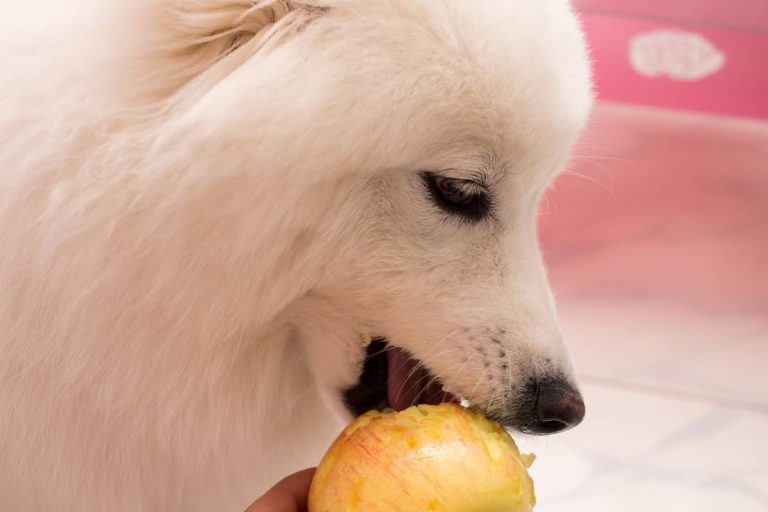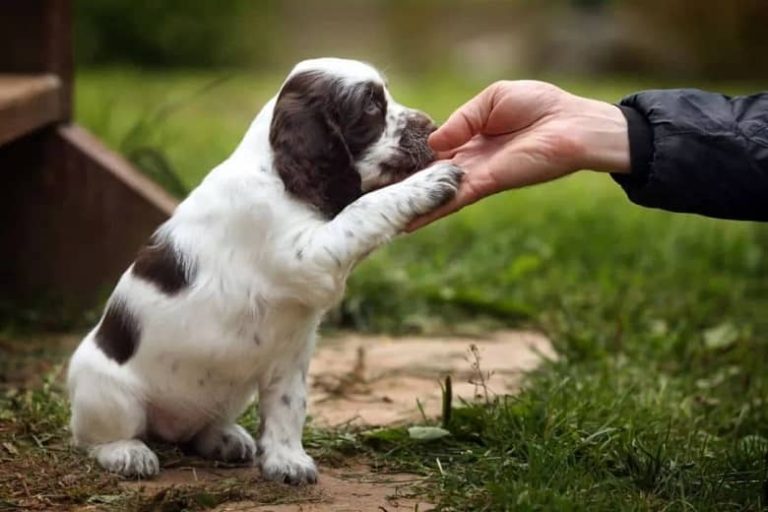Why Do Dogs Like to Be Petted?
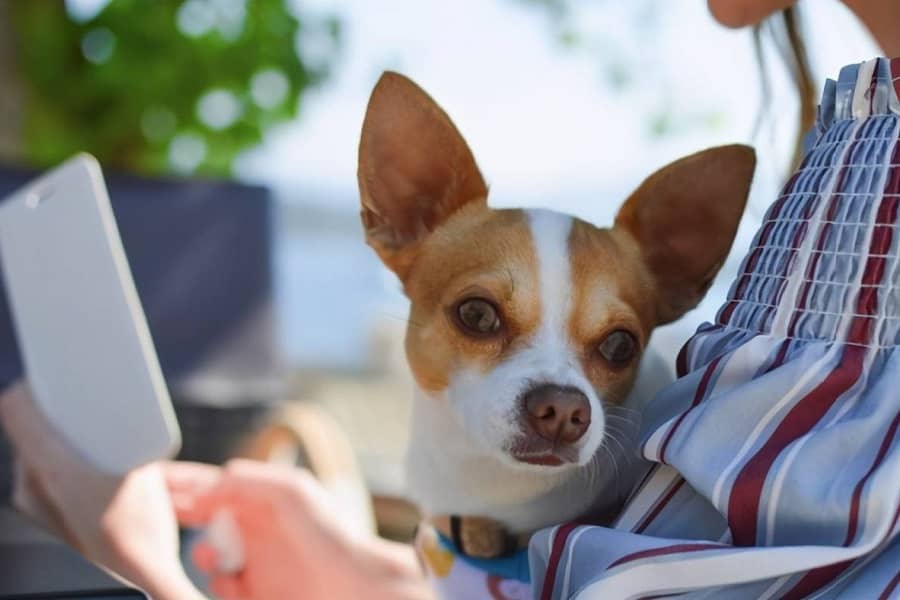
Dogs and humans have a special bond. For many of us, one of the ways we express our affection for dogs is by petting them. Petting is such a common way that humans interact with dogs that it is surprising that we don’t know much about why dogs like it so much. There’s no doubt that dogs seem to love being petted. They’ll even nudge our hands when they want more attention. In this article, we will explore the reasons why dogs like to be petted, looking at the physical and emotional benefits for dogs, the biological perspective of the dog-human bond, the behavioral perspective of the dog-human relationship, and the psychology of the human-dog bond.
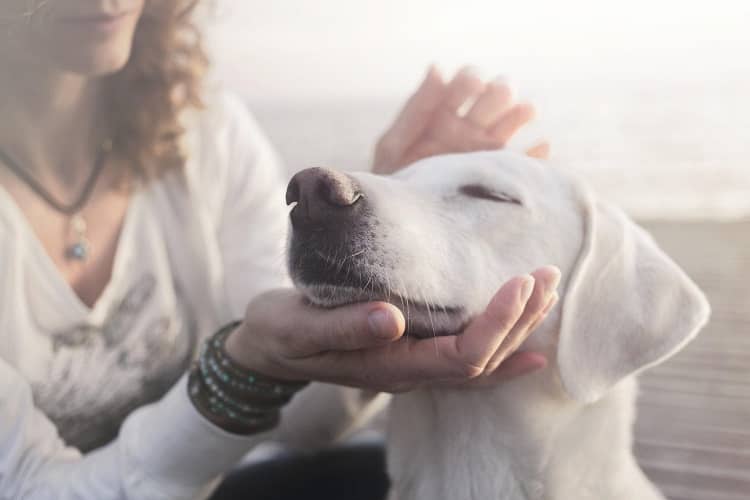
Table of Contents
Physical and Emotional Benefits for Dogs
Studies have shown the many benefits that petting can have on dogs. For example, petting has been found to reduce the heart rate and blood pressure of dogs, which can decrease stress and anxiety. This is because petting causes the release of oxytocin in the brain of both dogs and humans, which helps us both to relax. Oxytocin is also a hormone that promotes a sense of bonding and social interaction.
In addition, many dogs enjoy being petted because it feels good. Petting stimulates various sensory receptors in the skin. It produces a pleasurable sensation that some experts have compared to a massage. Studies have shown that the simple act of petting may even release endorphins, which are natural pain killers.
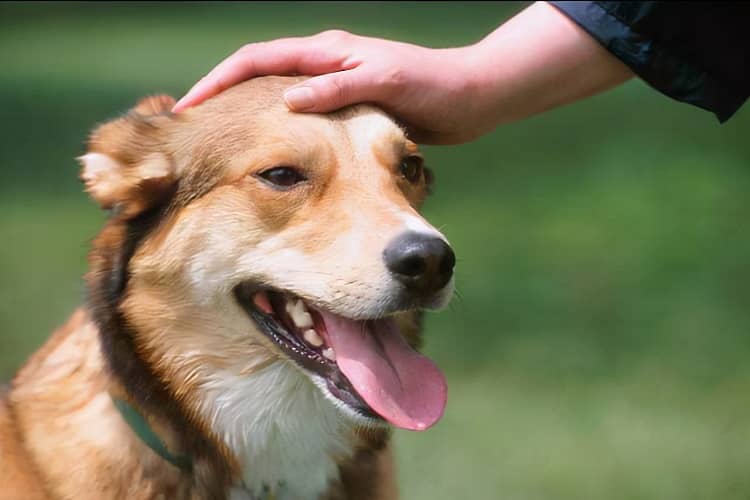
Biological Perspective of the Dog-Human Bond
Humans have been interacting with dogs for thousands of years, and over time, an emotional and social bond between the two species has developed. From a biological perspective, dogs are social beings that live in groups. In wild dog populations, social hierarchy is well defined, and each member has a specific role in the group.
Domestic dogs still have these same needs for social interaction, but instead of looking to their pack for companionship, they have turned to humans. This means that they exhibit certain behaviors towards humans that they would normally exhibit towards other dogs. For example, dogs may nuzzle up to us, lick us, or wag their tails when they’re pleased to see us. Petting a dog is just another way of fulfilling their inherent need for social bonding and interaction.

Behavioral Perspective of the Dog-Human Relationship
Dogs are very intuitive when it comes to body language, which is an important aspect of their social interaction with humans and other dogs. Petting is one way that we can communicate with dogs. When we pet them, it’s not just about the tactile sensations, but also the social cues that we are sending.
For example, petting a dog in a calm and gentle manner lets them know that we are not a threat, and that we enjoy being around them. This reinforces the idea that we are part of their ‘pack’ and can contribute to a stronger social bond between the dog and human.
On the other hand, petting a dog in an overly aggressive or rough manner can have the opposite effect, causing the dog to become anxious or frightened. This can be especially true for dogs that are not familiar with humans or are in a stressful environment.
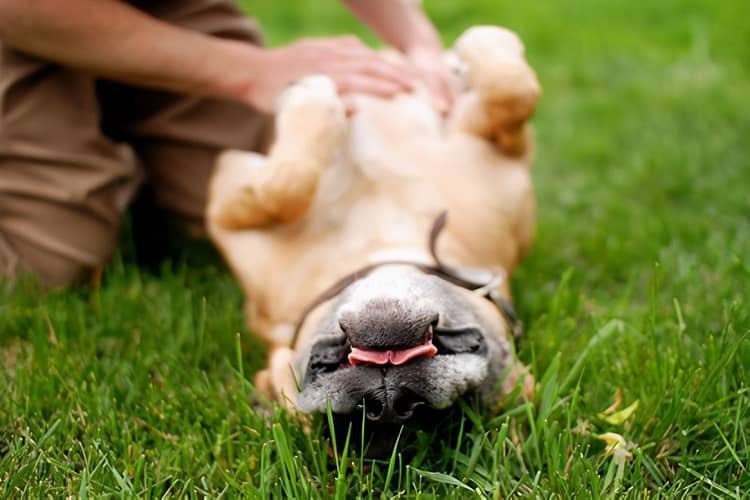
The Psychology of the Human-Dog Bond
Humans have an innate desire to care for and nurture animals, and dogs are no exception. The act of petting a dog can produce an emotional response that is similar to that of parenting. When we pet a dog, it can give us a sense of fulfillment in knowing that we are making the dog happy and providing for its needs.
In addition, petting a dog can have other psychological benefits for humans, such as lowering stress levels, reducing anxiety, and improving overall mood. Petting a dog has been shown to trigger the release of a hormone called serotonin in humans, which can contribute to feelings of calmness and well-being.
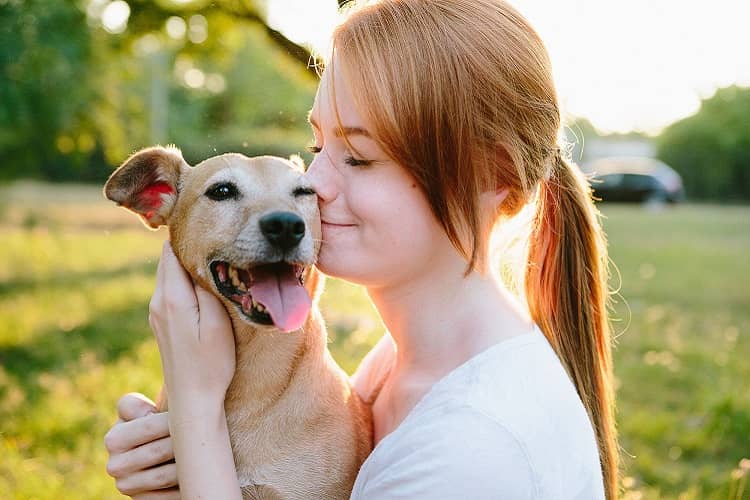
Tips about “Dogs Like to Be Petted”
Here are some tips related to why dogs like to be petted:
- Understand that petting is a way for dogs to fulfill their need for social interaction and bonding. Dogs are social creatures and need to feel loved and appreciated, so petting can help provide them with a sense of security and happiness.
- Always start petting a dog in a calm and gentle manner. This will help to reinforce the idea that we are not a threat and that we enjoy being around them.
- Pay attention to the body language of the dog. If the dog becomes anxious, tense, or shows signs of fear, it may be best to avoid petting them until they adapt to your presence and feel comfortable.
- Limit petting sessions to a reasonable length of time. Dogs, like humans, can become overstimulated if petted for too long. Experts suggest a maximum of 5-10 minutes per session.
- Pet dogs in the areas that they enjoy being petted. Some dogs enjoy being petted around the ears, while others prefer being petted on the back or under the chin. Knowing your dog’s preferences will help you provide them with a more enjoyable petting experience.
- Be aware of any medical issues that your dog may have that could make petting uncomfortable or painful for them. For example, arthritis or skin sensitivities can make certain areas of their body more sensitive to touch.
Overall, remember that petting a dog is a positive and enjoyable experience for both the dog and the human. By being respectful of the dog’s needs and preferences, you can provide them with an enjoyable petting experience that strengthens the bond between you.
Conclusion
Petting a dog is a simple yet effective way to show affection to our furry friends. While researchers are still learning about the biological and psychological reasons why dogs like to be petted, we know that petting can have numerous benefits for both dogs and humans. The physical sensations of petting are pleasurable for dogs, and the social bonds created through petting can fulfill some of their basic emotional and psychological needs. For humans, petting a dog can promote a sense of well-being, reduce stress levels, and improve overall mood. In conclusion, the next time you pet your dog, know that it’s not just about the physical sensation, but about the social interaction and bonding that takes place between you and your beloved pet.


